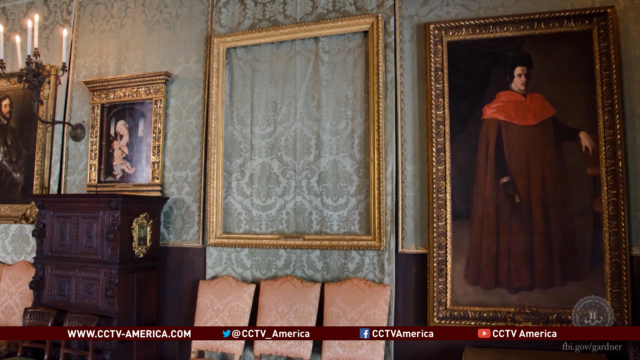When one thinks of art heists, visions of the Masterminds in black turtle-necks executing elaborate schemes come to mind. Many have a romanticized view of these criminals due to the great amount of Hollywood dramatization dedicated to the subject. The reality, however, is far less glamorous. Almost all art theft is done by low level criminals. In the United States, residential burglary is actually the largest source of art theft.
The FBI says that art theft accounts for $4 billion to $6 billion every year but only attracts widespread attention when it involves a daring heist or a famous piece of art. The most famous art theft of all time occurred in 1911 when the Mona Lisa was stolen from the Louvre in Paris. It was recovered two years later and is on display to this day.
Other famous heists include the 1976 heist of 118 works by Picasso from the Palais de Papes in Avignon, France, and the 2012 theft of seven paintings from the Kunsthal Museum in Rotterdam, The Netherlands, which featured works by Monet, Picasso, Gauguin and Matisse.
Sometimes stolen art is lost for decades. Often it’s difficult to sell because it is known to be stolen and other times it is well hidden. Often, pieces will be recovered when the thief or buyer dies and their heirs try to sell them. Stolen art is now also getting harder to sell.
Law enforcement is cooperating internationally to make the world of art smaller and easier to track. With this increased effort of enforcement, the life of art crime, literally, doesn’t pay.

International law agencies cracking down on art theft
When one thinks of art heists, visions of the Masterminds in black turtle-necks executing elaborate schemes come to mind. Many have a romanticized view of these criminals due to the great amount of Hollywood dramatization dedicated to the subject. The reality, however, is far less glamorous. Almost all art theft is done by low level criminals. In the United States, residential burglary is actually the largest source of art theft.
 CGTN America
CGTN America
